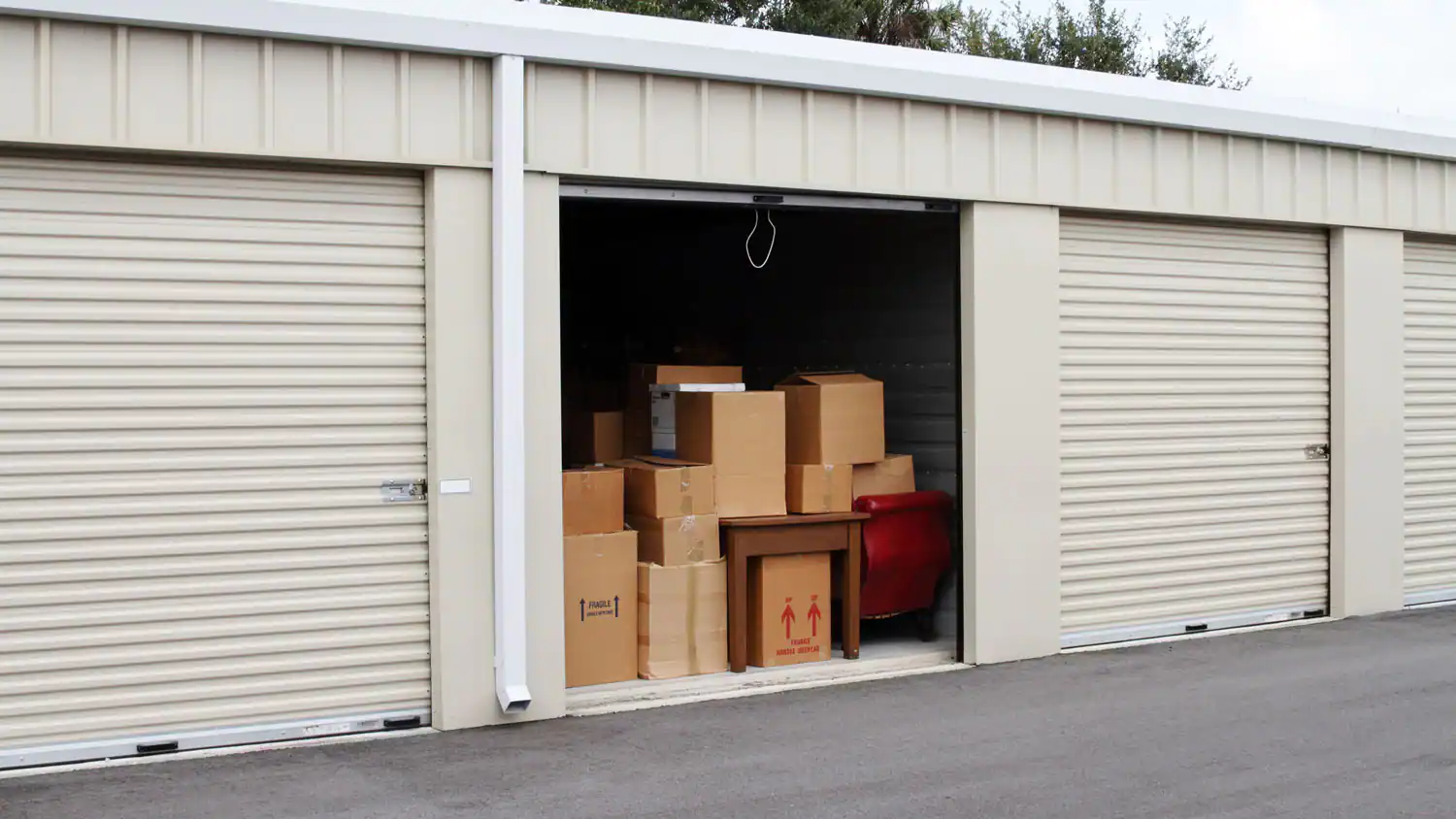If you are renting out your home or managing a rental property, having a strong and legally sound lease agreement is one of the most important steps you can take. A good lease not only sets clear expectations for both you and your tenants but also protects your rights and investment.
This guide will walk you through the key parts of a lease agreement, why they matter, and how to make sure your document is both fair and effective utilizing a lease agreement template.
Why a Lease Agreement Matters
A lease agreement is much more than just paperwork—it is a legal contract between you and your tenant. It explains the terms of the rental, the rules everyone must follow, and what happens if those rules are broken.
A well-written lease:
- Prevents misunderstandings
- Makes rent payment terms clear
- Protects both the landlord and the tenant
- Helps avoid disputes about maintenance, rules, and property use
By having everything written down, you can handle situations more smoothly and maintain a positive landlord-tenant relationship.
Key Parts of a Strong Lease Agreement
When creating your lease, make sure to include these important sections:
Names of All Parties
List the landlord or property management company, as well as every adult living in the rental. Having all adult tenants sign the lease ensures everyone is responsible for following the rules.
Property Description
Include the full address, type of property (apartment, house, duplex, etc.), and a list of important features such as parking spaces, appliances, or shared areas.
Lease Term
State the start and end dates of the lease. Note whether it is a fixed-term lease (such as 12 months) or month-to-month, and explain how renewals or early terminations will work.
1. Rent Details
Clearly outline:
- Rent amount
- Due date
- Accepted payment methods
- Late fees or penalties
- Rules for rent increases (must follow local laws)
2. Security Deposit
Specify the deposit amount, how it can be used (for damages, unpaid rent, etc.), and how and when it will be returned after the tenant moves out.
3. Maintenance and Repairs
Explain who is responsible for repairs and general upkeep. Include the process for requesting repairs and how quickly they will be addressed.
4. Rules and Regulations
Set rules about noise, pets, smoking, parking, and changes to the property.
5. Legal Clauses
Include policies about subletting, eviction, and what happens if part of the lease becomes invalid (severability clause).
6. Signatures and Dates
All parties should sign and date the agreement for it to be legally valid.
Follow Local Laws
Landlord-tenant laws vary from one city or state to another. Be sure you understand:
- Rent control rules
- Limits on security deposits
- Required legal disclosures (such as lead paint in older homes)
- Tenants’ rights regarding privacy, repairs, and notices
Following these laws not only keeps your lease enforceable but also protects you from legal trouble.
Be Clear and Specific
Avoid vague wording that could cause confusion later. Spell out exactly:
- What happens if rent is late
- How repairs will be handled
- What will happen to belongings left behind
- The process for returning the security deposit
The clearer your lease, the fewer misunderstandings you will have.
Keep It Fair
While you want to protect your property, avoid adding terms that are too strict or unreasonable. Unfair rules can make tenants hesitant to sign and may even be unenforceable in court. Aim for a fair balance that protects your interests while respecting your tenants.
Review and Update Your Lease Regularly
Laws change, and your property needs may change as well. Reviewing your lease once a year helps keep it current. You can also update it based on feedback from past tenants or lessons learned from past rental situations.
Get Professional Help
If you are unsure about how to write a legally strong lease, consider hiring a local property manager or lawyer. They know the landlord-tenant laws in your area and can make sure your agreement is complete and compliant. In California, they might also suggest including a Tenant Estoppel Certificate to confirm tenant agreements.
Why Disclosures Matter in Your Lease
Certain disclosures are required by law, and including them helps protect both you and your tenants.
- Legal Compliance – Some areas require you to disclose risks like lead paint, mold, asbestos, or flood zones.
- Informed Tenants – Tenants can make better decisions when they know about potential risks or property conditions.
- Liability Protection – Documenting that you informed tenants can protect you if issues arise later.
- Fewer Disputes – Being upfront about rules and property conditions avoids misunderstandings.
- Clear Maintenance Duties – Tenants know exactly what repairs they are responsible for.
Final Thoughts
A strong lease agreement is one of the best tools for protecting your rental property. It keeps expectations clear, prevents disputes, and ensures both you and your tenants understand your rights and responsibilities.
Working with an experienced property manager can make the process easier, ensure legal compliance, and give you peace of mind knowing your lease is solid.









